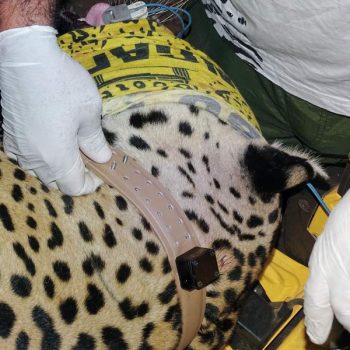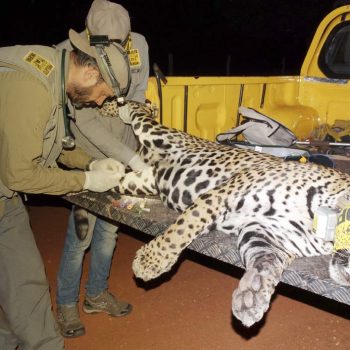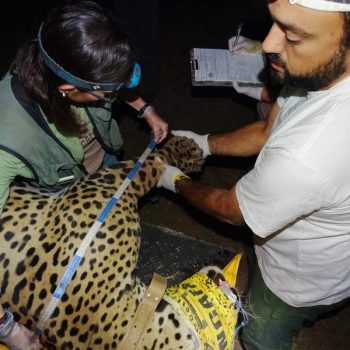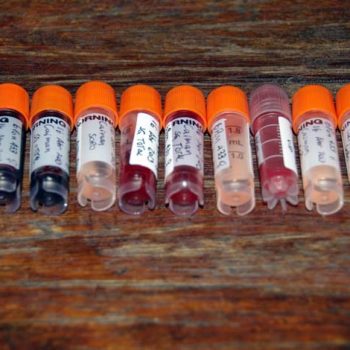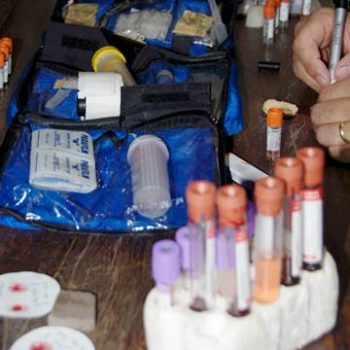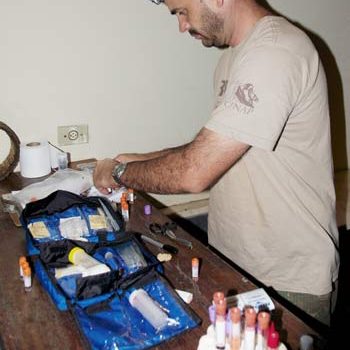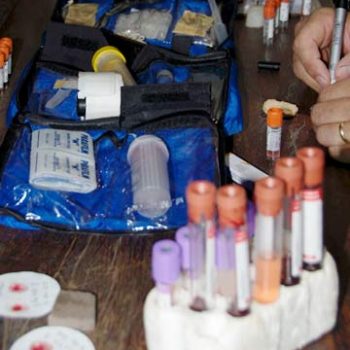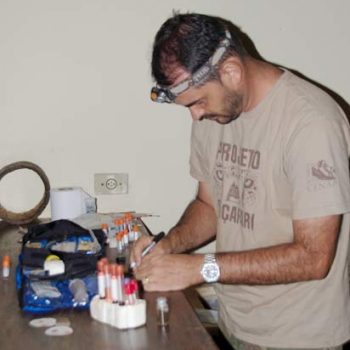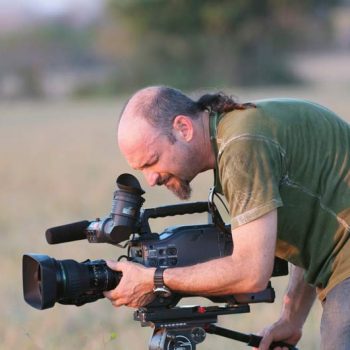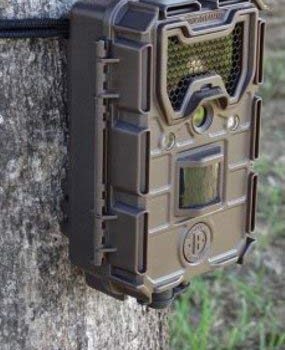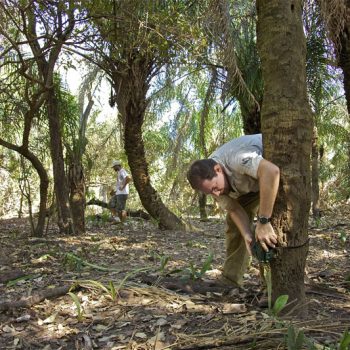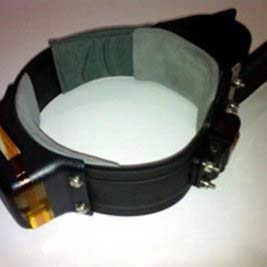Monitoring of animals by traces and direct observation
Our Work
Science
Onçafari Science aims to: monitor the behavior of jaguars and maned wolves during tourism activities; constantly evaluate the health status of animals; develop research in ecology and physiology, increasing the scientific knowledge about these species and enhancing their protection.
Major works developed by Onçafari Science:
Camp Sight
Monitoring Animals
Monitoring of animals by motion sensor cameras
Collecting Biological Samples
Periodic captures of animals that are the focus of our project for the collection of biological samples (blood, urine etc.) and, in some cases, placing radio-collars equipped with GPS units to map their location and describe the movement patterns. This enables us to analyze their behavior
Sending Biological Samples
Sending collections to the Bank of Biological Samples, of CENAP / ICMBio for genetic studies and storage for future research
Research and Development
Studies and enhancement techniques to avoid conflict between the studied predators and livestock herds
Biologist: Maria Julia Sternberg
Radio-collars enable our daily active search in the field for the animals of our focus (jaguars and wolves), in an attempt to find them and learn about their behaviors and interactions in the wild.
Radio-collar
We place a radio-collar fitted with GPS and VHF on certain jaguars or maned wolves in order to study movement patterns, behaviors and animals’ living areas, so as to create the best conservation strategies.
Despite being the third largest cat in the world (second only to the tigers and lions), the jaguar is the least studied species among the big cats.
Radio-collars enable our daily active search in the field for the animals of our focus (jaguars and wolves), in an attempt to find them and learn about their behaviors and interactions in the wild.
It is important to highlight that these collars do not hurt or interfere with the behavior and lives of the individual animals that receive them, and they are programmed to automatically come loose after a period of time. In fact, ten female jaguars have given birth to cubs while wearing the collar, proving that the equipment does not interfere with the lives of these animals.
Camera Trap
- The cameras we use are fitted with a motion sensor. As soon as an animal passes in front of the lens, the camera begins to film or photograph. This process allows us to register multiple species, including jaguars and their prey, and to understand the time of their activities as well as the locations they visit.
- The pattern of spots of jaguars is as unique as the fingerprints of humans, which enables us to identify each individual recorded by the cameras.
- We rely on many of these cameras, which are scattered throughout the territory of the animals in areas where we work.
Tracking
Thanks to a partnership with the Academy Tracker in South Africa, their trackers have taught us the following method, which has been used in Africa for years. The tracking technique consists of finding animals from the traces they leave (footprints, marks, feces, etc.).
Photo: Eduardo Fragoso
Image Gallery
Team: Edson Faria Jr.

